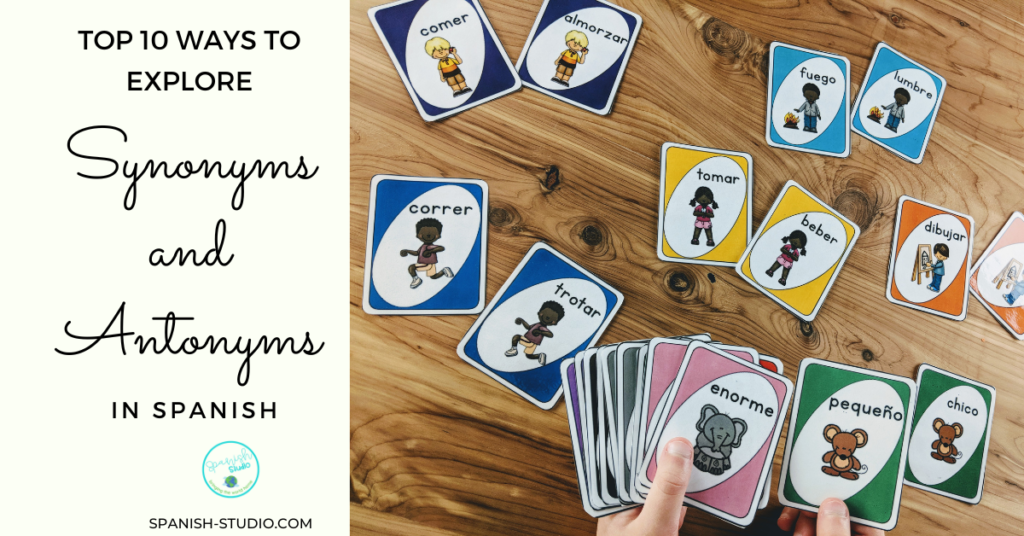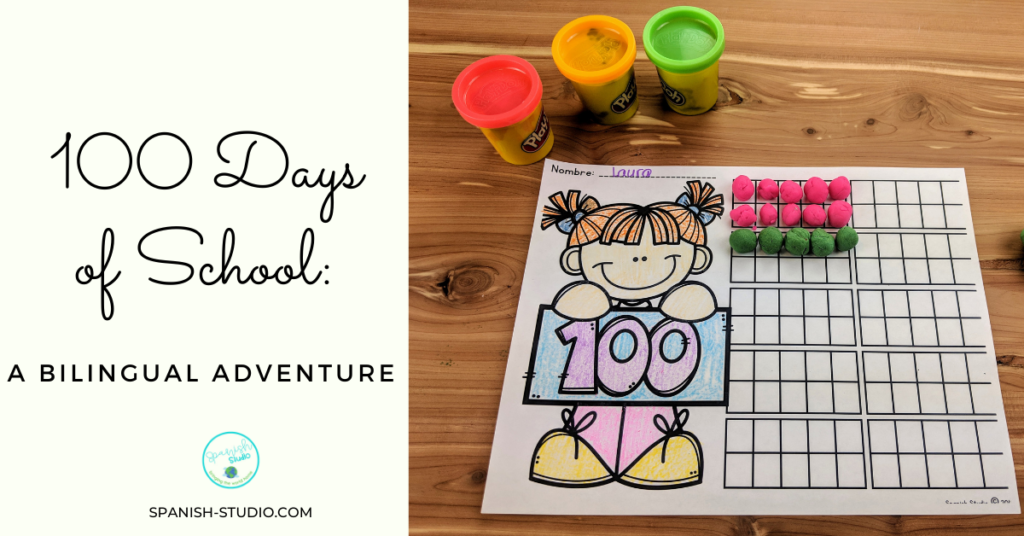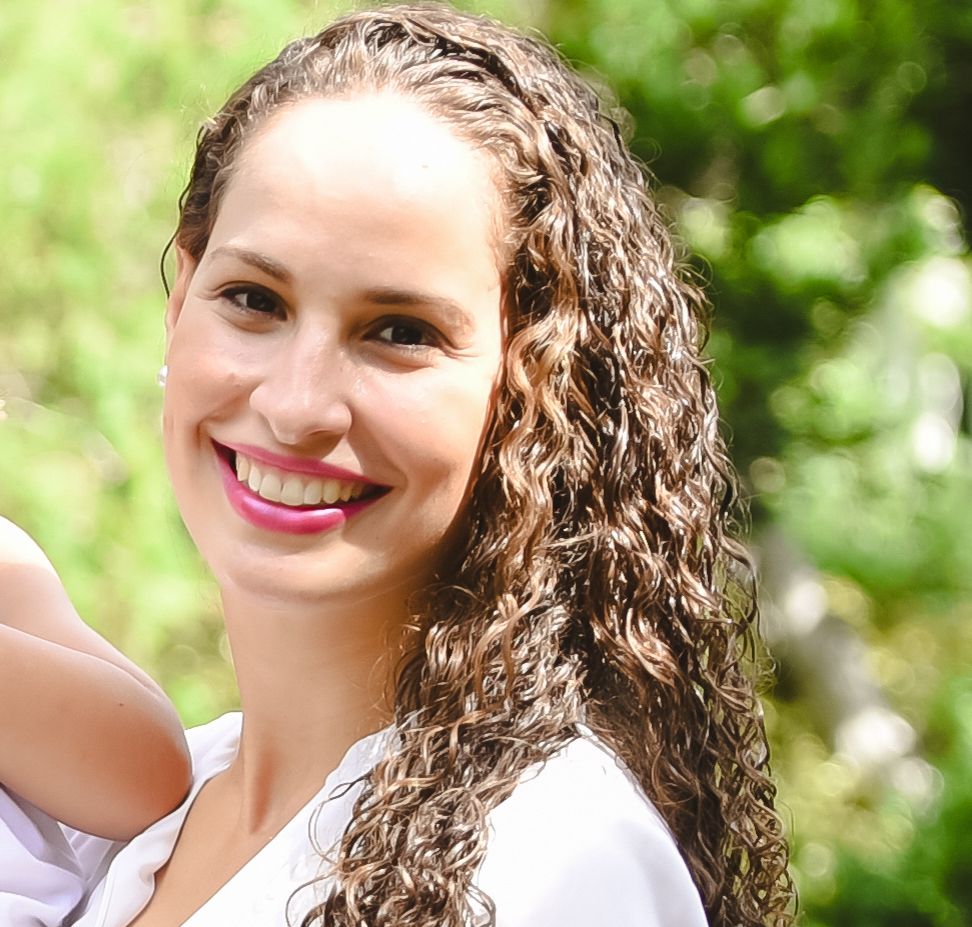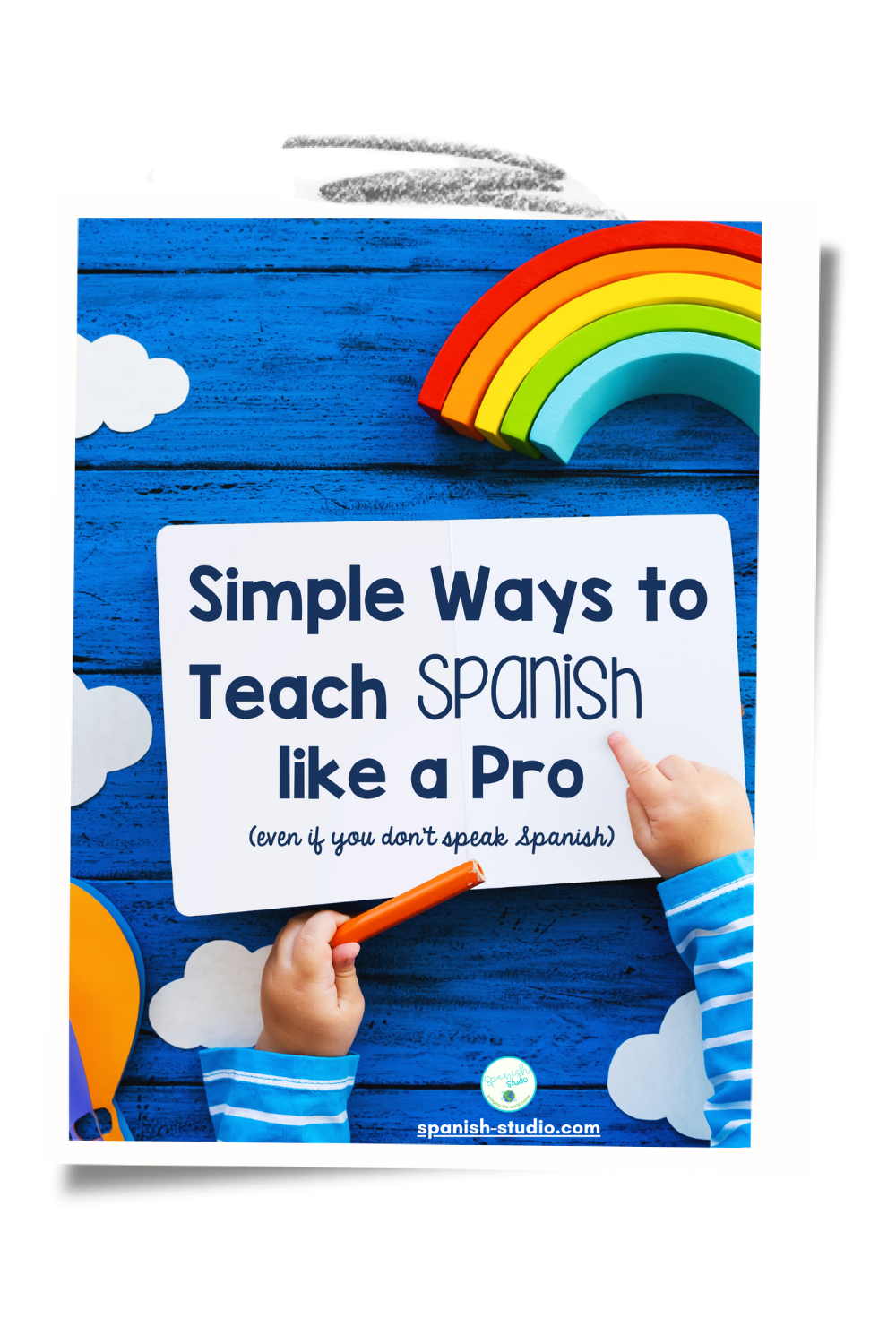If I show up to your Spanish classroom right now, would I feel welcome? Would I want to spend the day there? Think about what it’s like to enter a new classroom for the first time, meeting new people, new routines, new language. Scary, right?
That’s how students feel in the Spanish Classroom when they first arrive. They are confused and anxious, and all they want is someone who makes them feel welcomed. They may all have different backgrounds, unique stories to share, but the main thing they have in common is this: they all need to feel like they belong in your class, that no matter who they are, they are accepted and safe there. And that should be every teacher’s goal, to build an environment that encourages children to wake up everyday excited to go to class, an environment that they can call home while building their Spanish skills.
Throughout the years, many kids have come and gone to and from my classroom. One by one, I have had the pleasure of building a relationship with them while watching them become fluent Spanish speakers. Here are the key suggestions that have worked for me over the years. Suggestions that have helped me build excitement in the Spanish Classroom:
Useful tips for the Spanish Classroom
Learn your students’ names
Duh! This is common sense, right? But truth be told, not everybody gives this simple task the importance it carries. This is a must, must, must. Not only should you learn your students’ names but also try to learn about them, their likes, dislikes, family, background, hobbies. If you spend a few minutes a day during recess time talking and playing with your students, it will help build a relationship with them that will bear fruits in the future.

Smile
Another basic thing, right? Unfortunately, this has to be mentioned, since not everyone thinks it’s important. When you smile, you show your students that you are approachable, not a dictator. They will see a human behind the scary teacher label. By simply smiling, you can gain a lot. So go on and show those teeth.
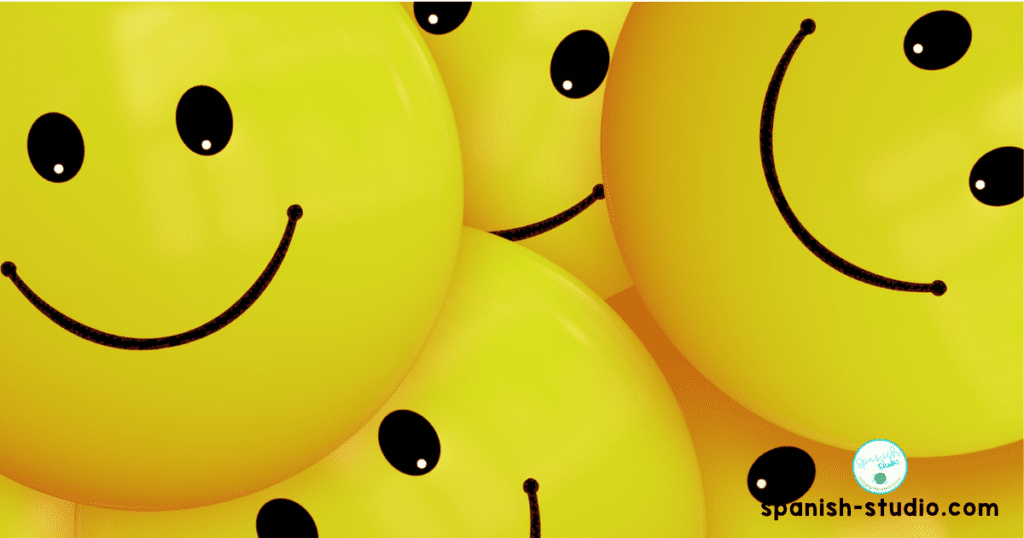
Speak clearly and slowly
Nothing is scarier than not being able to understand what somebody is saying. That’s why it’s important to speak clearly and slowly to your students. Plus, in the Spaniush Classroom, it’s important to incorporate TPR into your routine both when you give commands and when you teach content. This way, your students will connect the language with movement, to enhance language acquisition. If I lost you when I mentioned TPR, check out this post so you can learn all about this powerful strategy.

Provide a language-rich environment
Label everything, have vocabulary words with visual aids around the classroom. Provide opportunities for students to interact and work in groups. This will create a sense of belonging that will power the use of Spanish language between your students.
Teach social skills
Nurture empathy, team work, respect, sharing, the ability to put themselves in the shoes of others, being kind. These skills will have a huge impact on your classroom and in the future of your kids’ lives. Social skills are as important as academics. Check out this article so you can understand why.

Set up clear rules and expectations
Since day one, I explain to my students what I expect from them and what they can expect from me. We go over the classroom rules and sign a contract. We establish clear consequences for breaking that contract. I also set up a daily schedule so students know what to expect, reducing the anxiety that produces the unknown.
Task for early finishers
Set up a list of tasks for early finishers. You can include a tray with worksheets, but I prefer the list, so students feel that they have the power to choose what they want to work on.
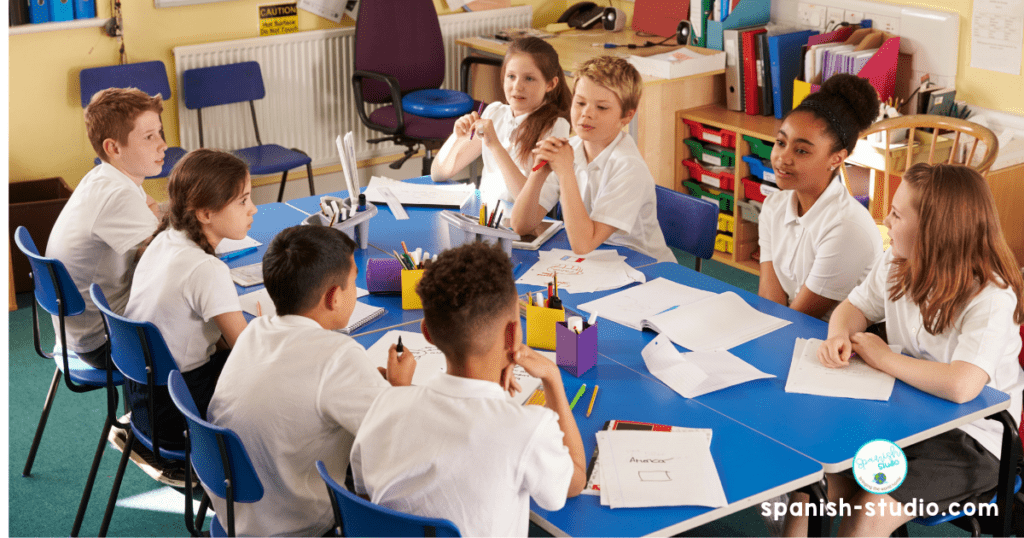
Give participation to students
Include your students in their learning. Provide opportunities so they can choose what they want to learn or which activity they would like to do. I usually give them options to choose from. I still have the control over the content that they will learn, but by giving them the opportunity to choose, I give them the ability to feel responsible for their own learning.

Outdoor activities
Plan as many outdoor activities as the weather allows you to. A change of environment is always a great opportunity for students. Obviously, before incorporating these, I make sure that students have internalized the classroom rules and expectations.
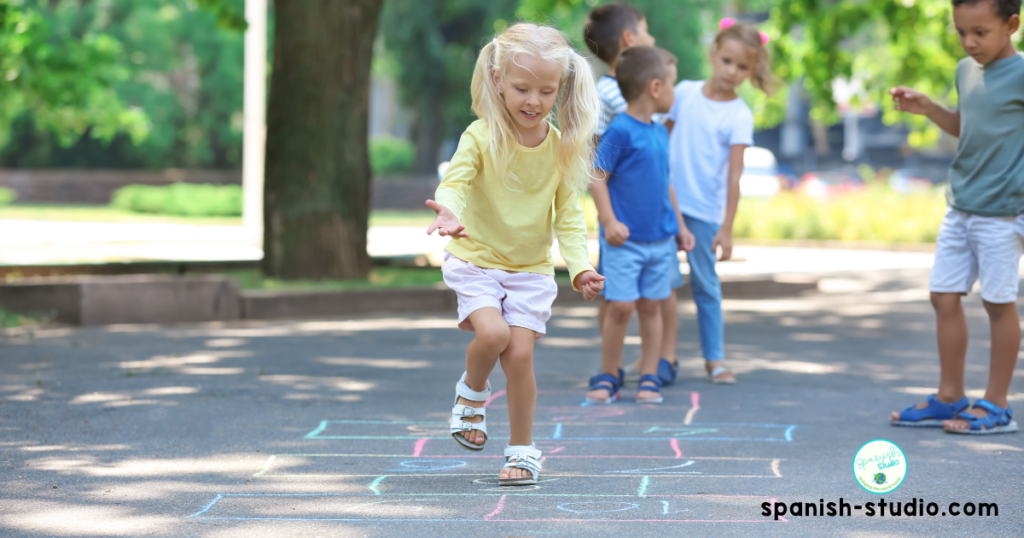
Games and fun activities
Incorporating games into your daily activities has been proven to have a positive impact on your students’ learning. It increases motivation, collaborative work, problem-solving, language development, and self-esteem.
When you incorporate fun activities, it also helps with classroom management. Students are motivated and eager to learn, reducing the time for boredom, which we know is classroom management’s number one enemy.
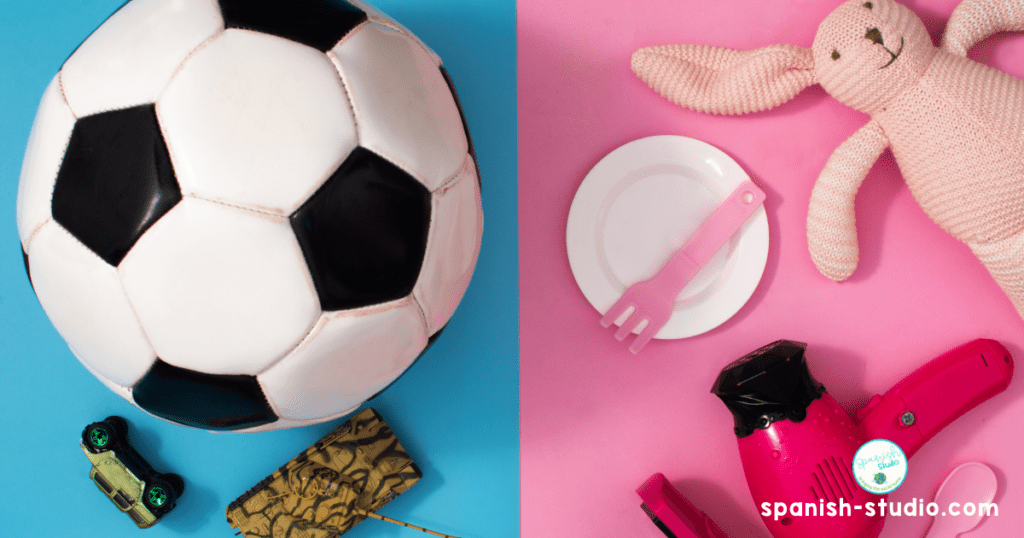
Inspire and motivate
The best thing you can do to have a bunch of kids excited and eager to come to class each morning is to make each and every one of them feel valued. Be inspirational, create an environment of respect among the members of the classroom. Treat everyone as family and be clear about your expectations. Take care of your students, praise and encourage their effort, be kind and empathetic at all times.
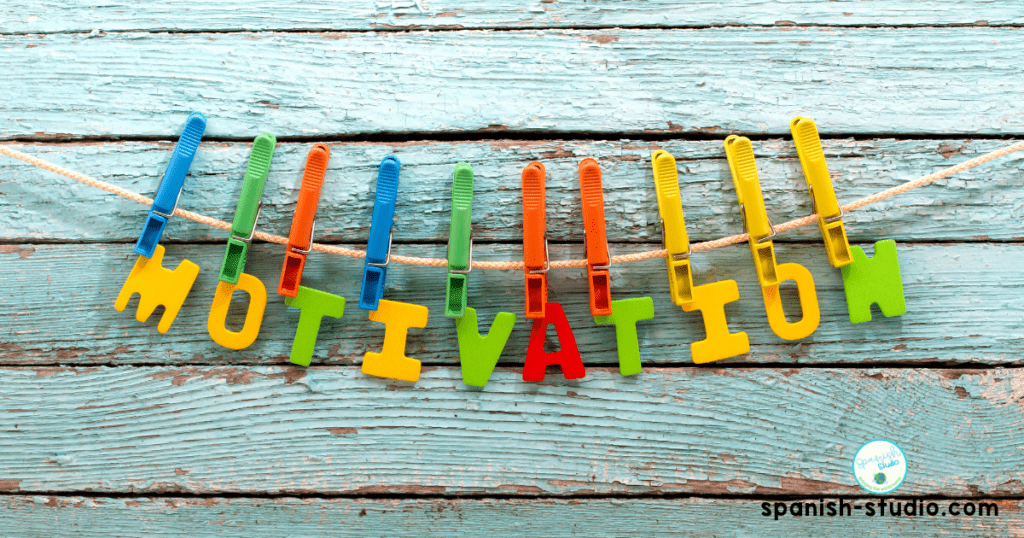
Interested in more?
Download my FREE Guide: “How to Teach Spanish Like a Pro (even if you don’t speak Spanish)”




